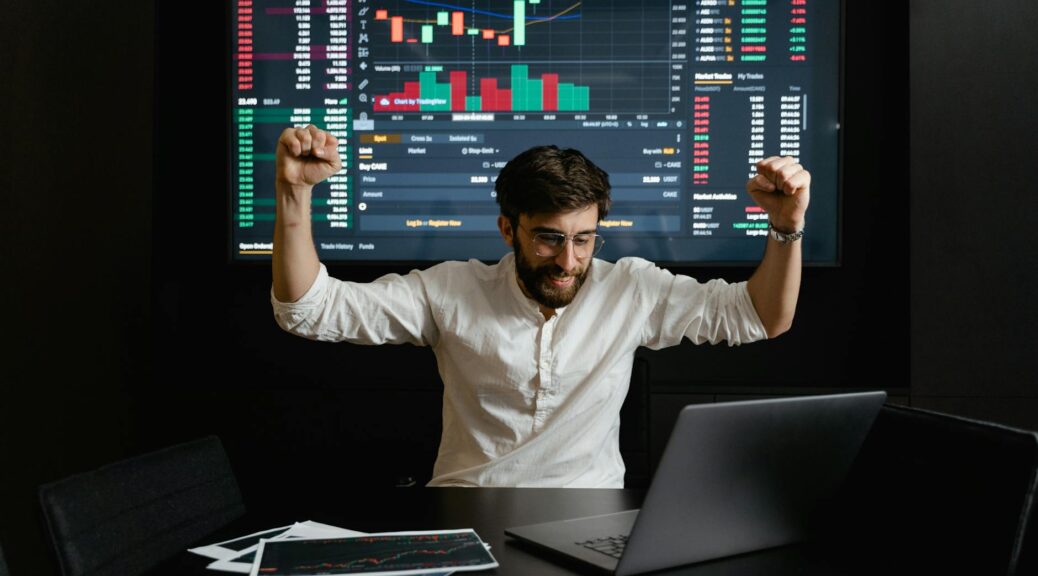Why startups should focus on meaning, not just minimalism
In today’s startup world, speed to market is everything. Entrepreneurs are taught to ship fast, break things, test quickly, and get feedback. Enter the Minimum Viable Product (MVP)—a core concept from lean startup methodology that encourages launching the simplest version of a product to validate assumptions.
The MVP is practical. It’s efficient. But here’s the problem:
🚨 Too many MVPs forget about value.
They prove an idea can technically work, but say little about whether it actually matters to the user.
That’s why I believe it’s time for a shift in thinking—from MVP to MVD: the Minimum Valuable Difference.
What is the MVD?
The Minimum Valuable Difference is the smallest possible change, feature, or action you can introduce that delivers real, meaningful value to your target customer.
It answers questions like:
- What pain am I truly relieving?
- What task am I genuinely simplifying?
- What desire am I directly fulfilling?
It’s not about what’s viable for you—it’s about what’s valuable to them.
MVP vs. MVD: What’s the Difference?
| MVP | MVD |
|---|---|
| Tests feasibility | Creates meaningful impact |
| Focuses on minimum product | Focuses on minimum transformation |
| Often prioritises speed | Prioritises significance |
| Asks “Can we build this?” | Asks “Should we build this?” |
| Measures engagement | Measures improvement or outcomes |
Why MVD Matters More Than Ever
In a saturated digital world, users are overwhelmed by options. The market is flooded with viable products—but few of them make a real difference.
🧠 A basic to-do list app? Been there.
🧠 Another newsletter tool? Yawn.
🧠 A photo filter that changes eye colour? Cool… for 5 seconds.
What people remember—and keep using—are the tools and services that improve their lives in noticeable ways.
Real-World Examples of MVD Thinking
1. Calendly
Their MVD? Eliminating the pain of back-and-forth emails for scheduling. That single, clear difference made users immediately say, “This is better.”
2. Slack
Slack didn’t launch with a full suite of integrations and channels. Its initial MVD was centralised team messaging that actually reduced internal email. That alone got teams hooked.
3. Duolingo
Rather than launch with hundreds of languages, Duolingo focused on one: Spanish. Its MVD was making language learning fun, gamified, and mobile-friendly—solving a problem that textbook apps didn’t.
How to Build with MVD in Mind
- Find the Critical Friction Point
What’s the single most frustrating or inefficient part of your user’s day? Start there. - Go Deep, Not Wide
Don’t try to solve every problem. Focus on one, and do it better than anyone else. - Prototype for Value, Not Just Function
Ask: “Does this improve someone’s situation in a tangible way?” If not, keep refining. - Measure Real Outcomes
Instead of tracking clicks or installs, look at retention, referrals, or behaviour change.
What the Research Says
Academic literature is increasingly supporting a value-first mindset in entrepreneurial design.
“Entrepreneurial success lies not in the novelty of an idea, but in the significance of the solution.”
– Fisher, 2012, Journal of Business Venturing
And in the world of effectual entrepreneurship, co-creating value with early users—not just validating an MVP—is seen as the more sustainable approach.
Final Thoughts: What Are You Really Offering?
It’s easy to launch something. It’s harder to launch something that matters.
So the next time you’re planning a product, prototype, or pitch—ask yourself:
- Will this make someone’s life measurably better?
- If it disappeared tomorrow, would anyone miss it?
- Am I building for validation, or for value?
Because in the end, traction doesn’t come from being viable—
It comes from being valuable.
Case Study: Calendly – From Simple Scheduling to a Minimum Valuable Difference
Overview: A Tool to End Email Ping-Pong
Calendly, founded by Tope Awotona in 2013, didn’t enter the world with an elaborate suite of scheduling features. Its early product was stripped down—yet laser-focused. What it did do, it did exceptionally well: eliminated the back-and-forth of scheduling meetings.
Rather than testing if users would click a scheduling link (MVP logic), Calendly focused on delivering an immediate, meaningful outcome—saving users time and frustration. This wasn’t just a minimal product—it was a minimum valuable difference.
The Problem
Scheduling meetings is a universal pain point. Most professionals were stuck in endless email threads:
- “Are you free Tuesday at 3pm?”
- “No, how about Wednesday?”
- “That doesn’t work for me, maybe next week?”
This inefficient dance cost time and often resulted in dropped opportunities. Tools like Outlook and Google Calendar helped manage time, but not coordinate it between people.
The Insight
Tope Awotona’s insight wasn’t technical—it was human. He asked:
“What’s the smallest thing I could build that would truly remove this pain?”
The answer?
A link that lets others pick from your available time slots.
Not a calendar app.
Not a meeting manager.
Not an all-in-one productivity suite.
Just a solution to the one thing that hurts the most: scheduling friction.
Execution as MVD: The First Version of Calendly
Calendly’s early product had:
- Integration with your existing calendar (Google, Outlook)
- A link with your available times
- Automatic timezone detection
- Confirmation emails
That’s it.
But these features, though minimal, delivered maximum difference. Users who tried it once saw the value immediately: no more email ping-pong. It felt like magic.
Customer Response and Growth
Calendly didn’t need fancy marketing. The product spread virally:
- Sales teams shared it with clients
- Recruiters shared it with candidates
- Coaches and consultants added it to their email signature
“The true power of Calendly was in its shareability—it solved a problem so simply that people naturally wanted to pass it along.”
— TechCrunch, 2021
Key Metrics That Reflect MVD Success
- Over 20 million users by 2022
- Used by 90% of Fortune 500 companies
- $3 billion+ valuation (without raising early VC money)
More telling than the numbers, however, was the retention. Users didn’t just try Calendly—they stuck with it. Why? Because it had created a daily improvement in their lives.
Lessons for Entrepreneurs
- Focus on the Problem, Not the Product
Calendly didn’t ask: “How do we build a scheduling app?”
It asked: “How do we eliminate scheduling pain?” - Make a Small But Clear Difference
Instead of bloated features, aim for impact. What’s the one thing your user will thank you for? - Deliver Emotional Relief
The best products don’t just save time—they remove frustration. Calendly’s early adopters felt the difference immediately.





